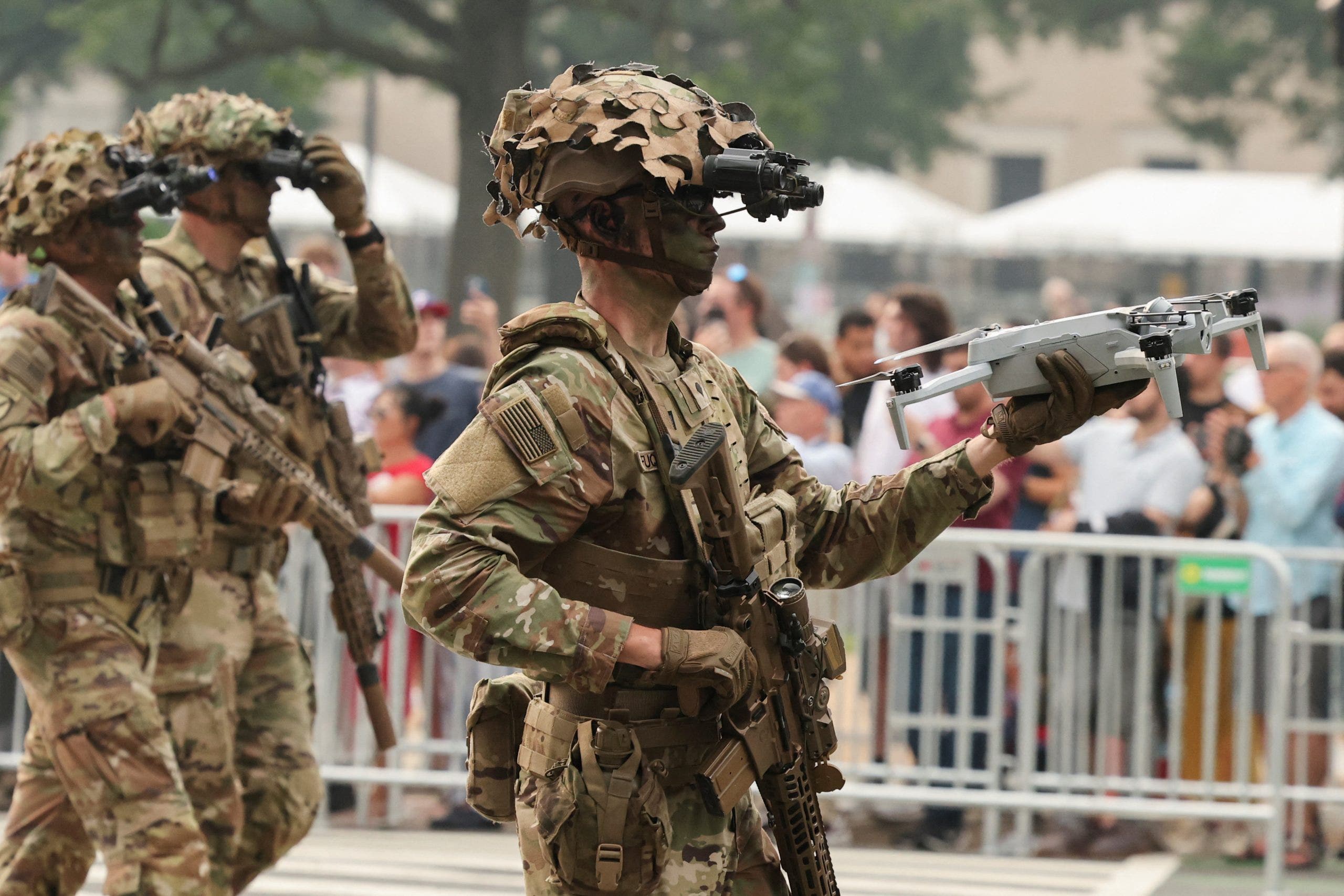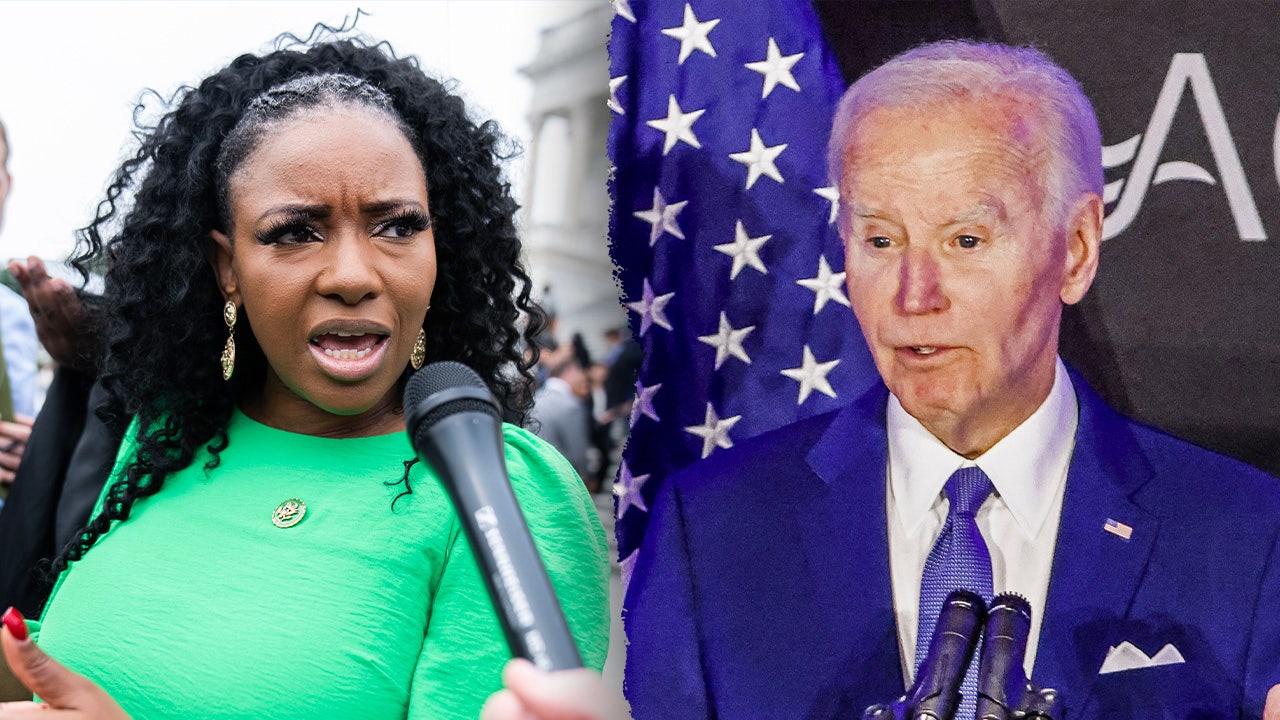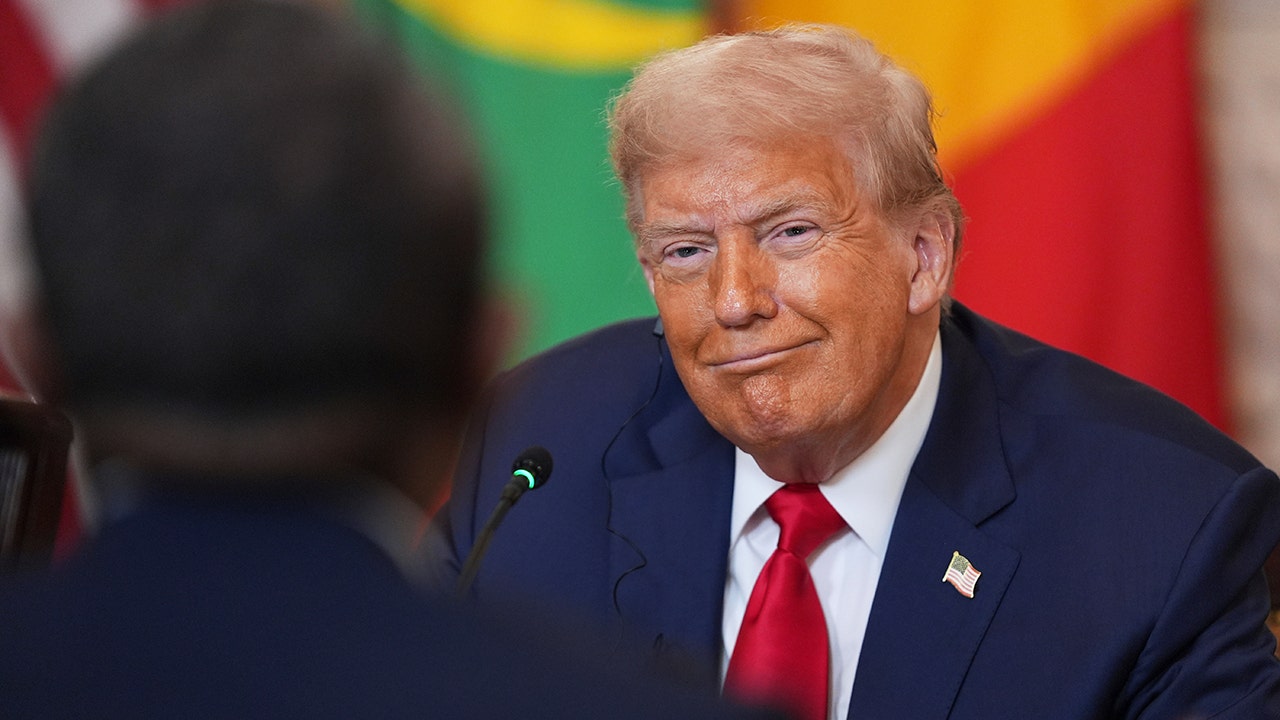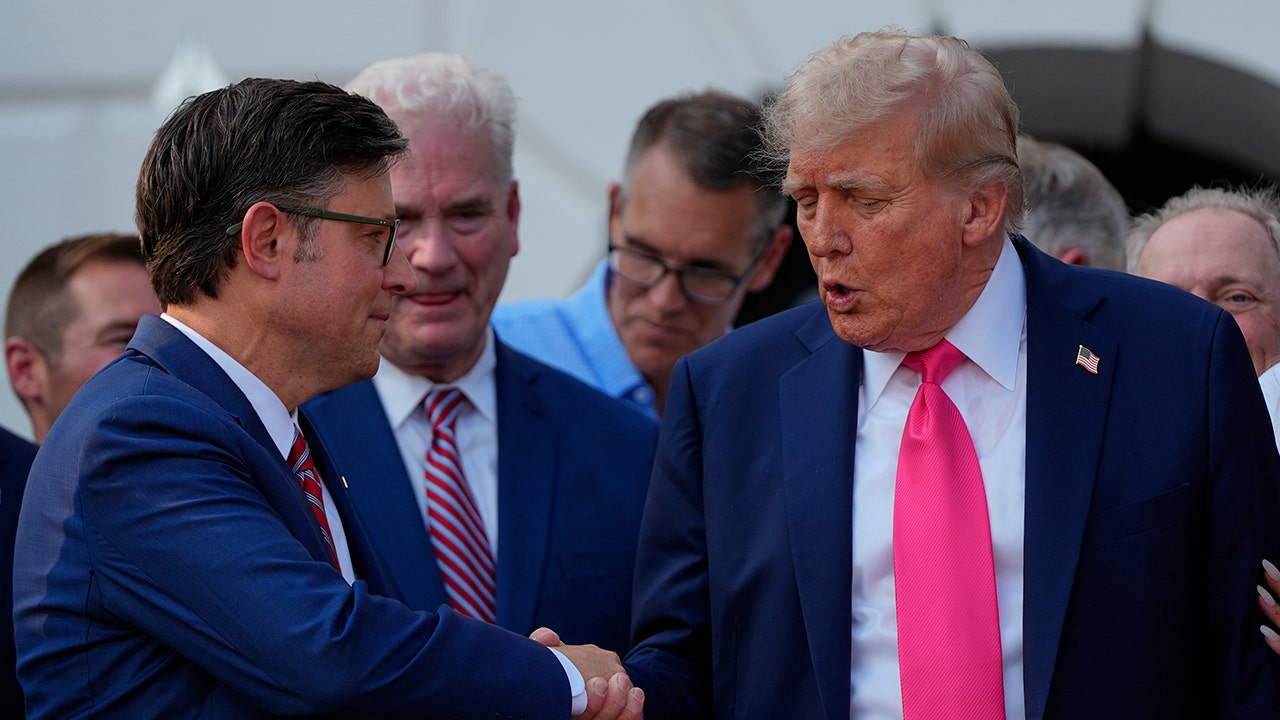Pentagon budget cuts F-35 orders, boosts drone and missile funding

The Pentagon has recently unveiled the details of its $961 billion budget request, providing a roadmap that may shift priorities away from new F-35 fighter jets in favor of next-generation aircraft and drones. This budget would be comprised of $848.3 billion in discretionary defense spending and an additional $113 billion through reconciliation, part of the “One Big Beautiful Bill” that the Trump administration is pushing through Congress.
Included in this budget is a substantial $25 billion allocation for Golden Dome, President Trump’s homeland missile defense initiative. Additionally, as the Air Force moves forward with the development of the 6th-gen fighter jet, known as the F-47, the budget calls for a reduction in the number of F-35s to be purchased from 74 to 47, with $3.4 billion allocated for the F-47 program.
There is uncertainty surrounding the Navy’s next-gen fighter jet, F/A-XX, as officials await decisions from key figures such as the secretary of the Navy, secretary of defense, and the president. The program will continue with minimal funding for design at this time, with the possibility of other service branches potentially receiving a variant of the F-47 instead of separate programs.
The budget also includes funding for the construction of three new Navy ships through the discretionary request, as well as an additional 16 ships through the reconciliation request. The Army is slated to receive $197.4 billion, the Navy $292.2 billion, the Air Force $301.1 billion, and $170.9 billion for defense-wide initiatives.
The budget emphasizes a focus on low-cost small drones, which have proven to be effective in conflicts such as the war between Russia and Ukraine. There is also an increase in spending for the Space Force, with $40 billion allocated, representing a 30% increase from the previous fiscal year.
The budget proposal, labeled as “one budget, two bills,” is part of a larger $1 trillion defense strategy when combined with national security spending at the Department of Energy. The administration is working to garner support for the One Big Beautiful bill to be passed by July 4, aiming to provide a 3.8% pay raise for troops while reducing the civilian employee workforce by 7,286 individuals.
In terms of weapons systems, the Pentagon plans to invest in munitions such as the Joint Air to Surface Standoff Missile – Extended Range and Long Range Anti-Ship missile, while scaling back on Precision Strike Missiles. The budget also emphasizes the importance of low-cost small drones, which have shown effectiveness in various conflicts.
Overall, the budget proposal reflects a strategic shift towards next-generation aircraft and drones, while making adjustments to existing programs and investments. The Pentagon’s budget request underscores the importance of modernizing the military and adapting to evolving threats in an increasingly complex global landscape.




